looking for a shrub with bright red flowers
usha
18 years ago
Related Stories
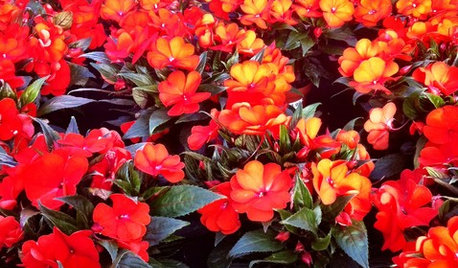
GARDENING GUIDESBright Plants for Flower Beds That Wow
From new annual and perennial varieties to grasses, get dramatic with swaths of color
Full Story
FALL GARDENING9 Deer-Resistant Flowering Shrubs to Plant This Fall
These exquisite shrubs will attract your attention but won’t tempt the deer that roam your neighborhood at night
Full Story
GARDENING GUIDES10 Cold- and Heat-Tolerant Perennials and Shrubs for the Arid West
These flowering native plants shrug off the cold of winter and heat of summer while adding beauty to the drought-tolerant landscape
Full Story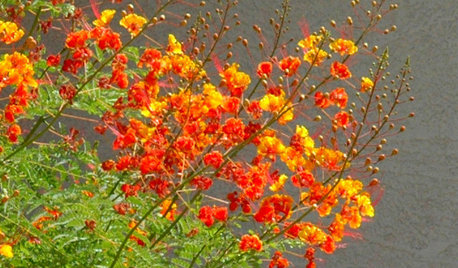
GARDENING FOR BUTTERFLIESGreat Design Plant: Red Bird-of-Paradise Soars With Color
Fiery bursts of red-orange flowers bring hot summer gardens to life, while this shrub's drought tolerance keeps the living easy
Full Story
LIVING ROOMSRoom of the Day: Red, White and Bright in a Fun, Multifunctional Space
Clever design ideas and bold color turn a compact living area into a stylish place for work, rest and play
Full Story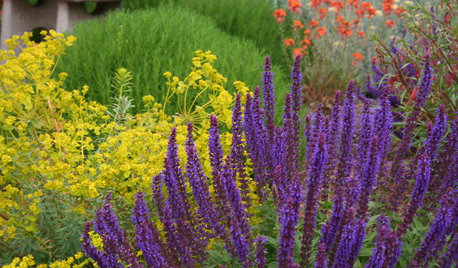
GARDENING GUIDES5 Bright, Cheerful Coastal Garden Flowers
Sandy soil and salty air don't have to mean a dry and dull garden — these 5 flowering plants are beautiful, vivid and remarkably sturdy
Full Story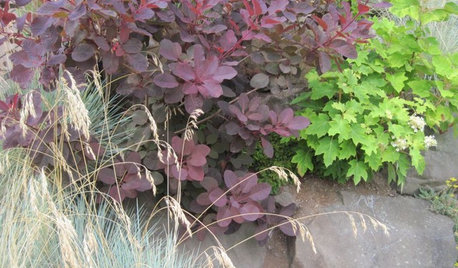
PURPLE FOLIAGE5 Purple-Leaf Majesties of Shrubs
Looking for beautiful depth and dynamism in your landscape? Just add purple
Full Story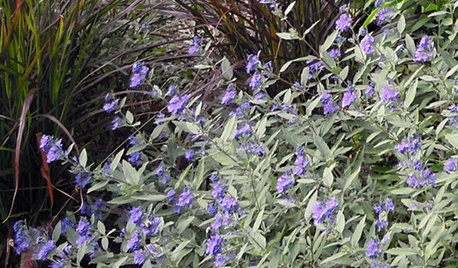
SHRUBS5 Glorious Late-Season Shrubs
Spilling over with berries or bursting with blooms, these stunning underused shrubs keep the garden party going through fall
Full Story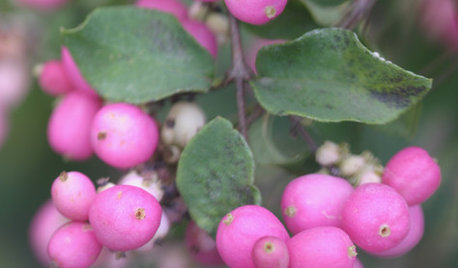
LANDSCAPE DESIGN5 Berry-licious Shrubs to Plant Now for Winter Interest
Showy color during snow season? You bet. These shrubs will wake up a garden with colorful berries when other plants are asleep
Full Story
GARDENING GUIDES8 Native Shrubs for Year-Round Bird Feeding
It’s not just about berries. These plants provide insects for birds and seasonal interest for gardeners
Full StorySponsored
More Discussions



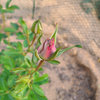
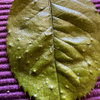
Garden_trolip
Pagancat
Related Discussions
Bush/shrub growing alongside road bright big red berries now
Q
S. greggii 'Navajo Bright Red' Flowers Turning White
Q
Odd spiral flower with bi-lobed bright red fruit needs ID
Q
Serrated leaves, bright red flowers
Q
Easygoing
ushaOriginal Author
Easygoing
Easygoing
User
AzDesertRat
ddiverblue
birdlady_in_mesa
winter_plumage_AZ
Pagancat
drygulch
Easygoing
Pagancat
aztreelvr
Easygoing
winter_plumage_AZ
ushaOriginal Author
ushaOriginal Author
barbeehd
Pagancat
ushaOriginal Author
minime8484
hawaiisam
ushaOriginal Author
Zill
minime8484